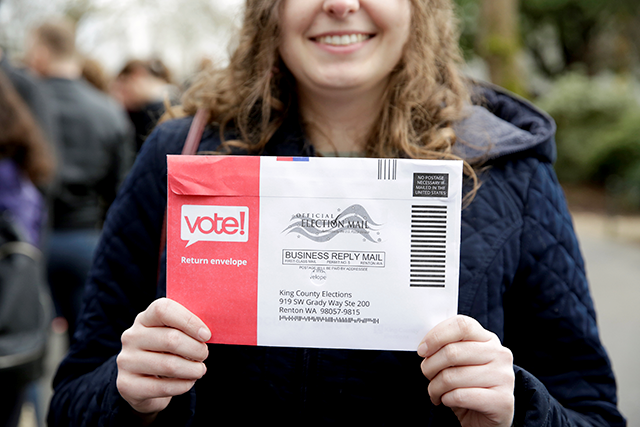With less than one month to go for the US elections, the debate around the election process itself resurfaces as well. Due to Covid-19, the mail-in voting process will be used increasingly, as a substitute to official polling booths. The 150-year-old postal voting process has become a political issue, Trump claimed that the process will lead to fraudulent votes, while Democrats claim that Trump has deliberately ruined the public trust in the electoral process.
Transparency and public trust are essential to elections. Voting can range from paper-based systems up to voting via direct electronic systems, voting via protected public networks or voting online. While the US debates about the mail-in voting scheme, other countries are slightly further with digitalizing elections. Estonia, widely known for its digital focus, had its first legally binding election via internet in 2005. In the parliamentary elections of 2019, 43.8% of all Estonian voters voted via the same online system.
While digital elections make discussions about mail-in voters superfluous, criticism of the electronic counterpart prevails in many countries. One of the biggest critiques, is that such online electronic election systems can be hacked in multiple ways through trojan horses invading voters’ computers, or through attacking the server that is used for the election process. Moreover, accessibility to the voting process by people who are not immediately digital natives should not be disputed.
The Dutch went digital with their elections in 1970 already. Since 1970, the Netherlands had used an electronic vote caster, which was not connected to any external device nor internet. Yet, in 2007, transparency and trust of the process was doubted by parliament, and the Dutch voters returned to using a red pencil and paper.
What do you think? Should elections become digital? To what extent? Under what conditions?
Relevant links:
https://www.kiesraad.nl/verkiezingen/tweede-kamer/stemmen/rood-potlood-en-elektronisch-stemmen





